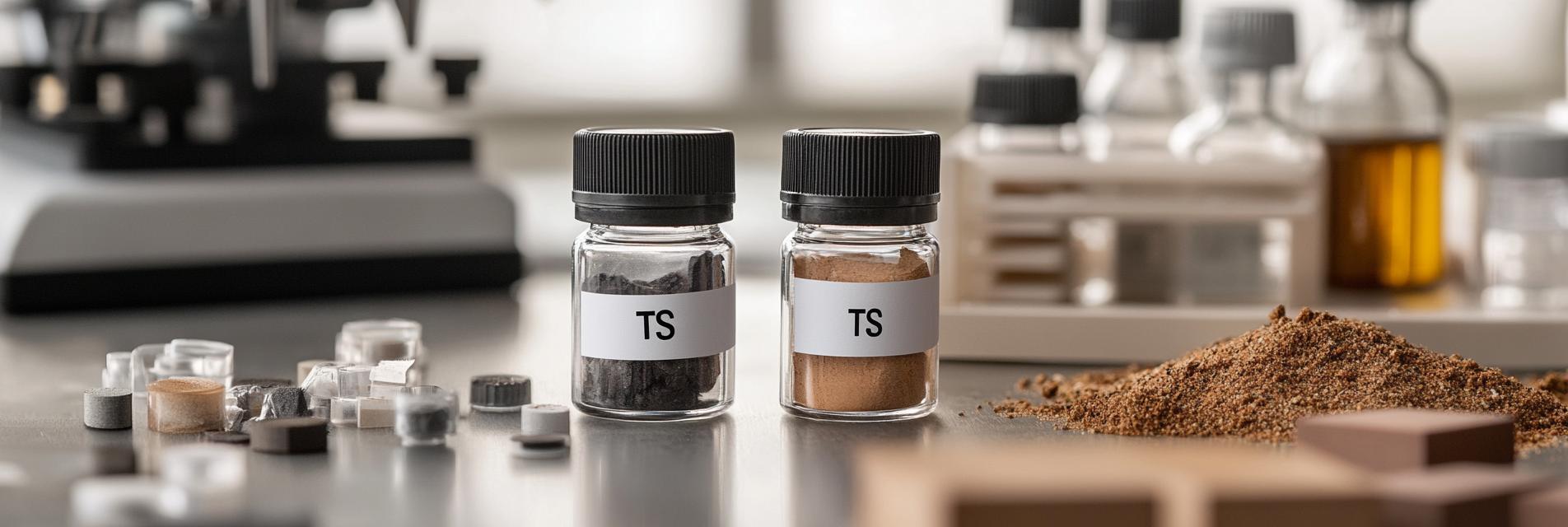As an industry professional, understanding the dynamics of rubber accelerators is crucial for optimizing your processing operations. In this article, we will delve into the differences between rubber accelerators CZ and TS, highlighting their respective applications and benefits.
Rubber accelerator CZ, known for its excellent aging resistance, often outperforms TS in terms of long-term durability. In contrast, TS is favored for its rapid processing capabilities and cost-effectiveness. When selecting between these options, one must consider the specific requirements of the rubber formulation.
Numerous studies indicate that CZ provides enhanced tensile strength and elasticity. While TS may offer quicker processing times, CZ can contribute to improved final product longevity. Therefore, the choice between these accelerators should be driven by the desired performance characteristics of the end product.
CZ is widely utilized in the manufacturing of high-performance tires, while TS is often found in general rubber products. The choice of accelerator can significantly affect both the cost and the functionality of the final rubber product, marking it as a critical decision in the rubber processing industry.
In conclusion, while both rubber accelerators CZ and TS have their advantages, the selection depends on the specific application and performance requirements. As we navigate the complexities of rubber processing, it is vital to make informed choices to enhance product quality and operational efficiency.

